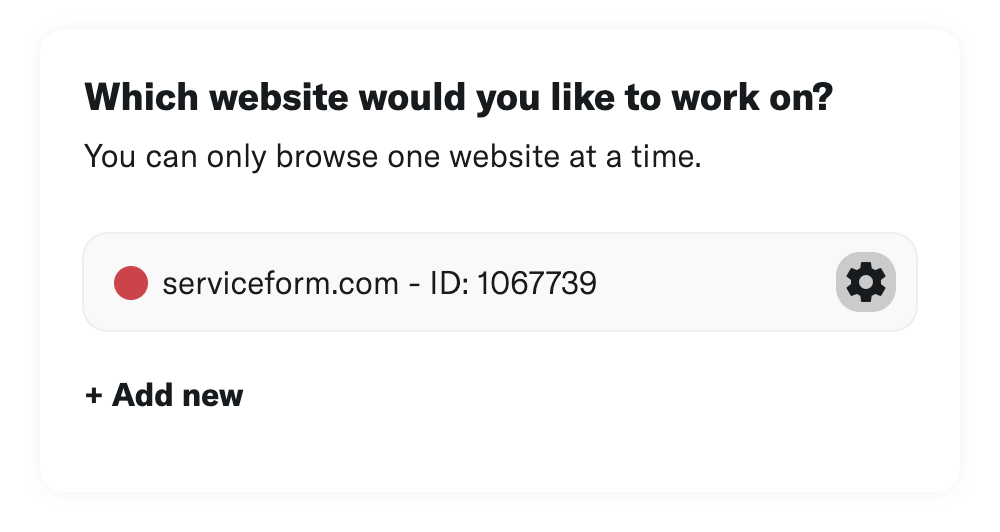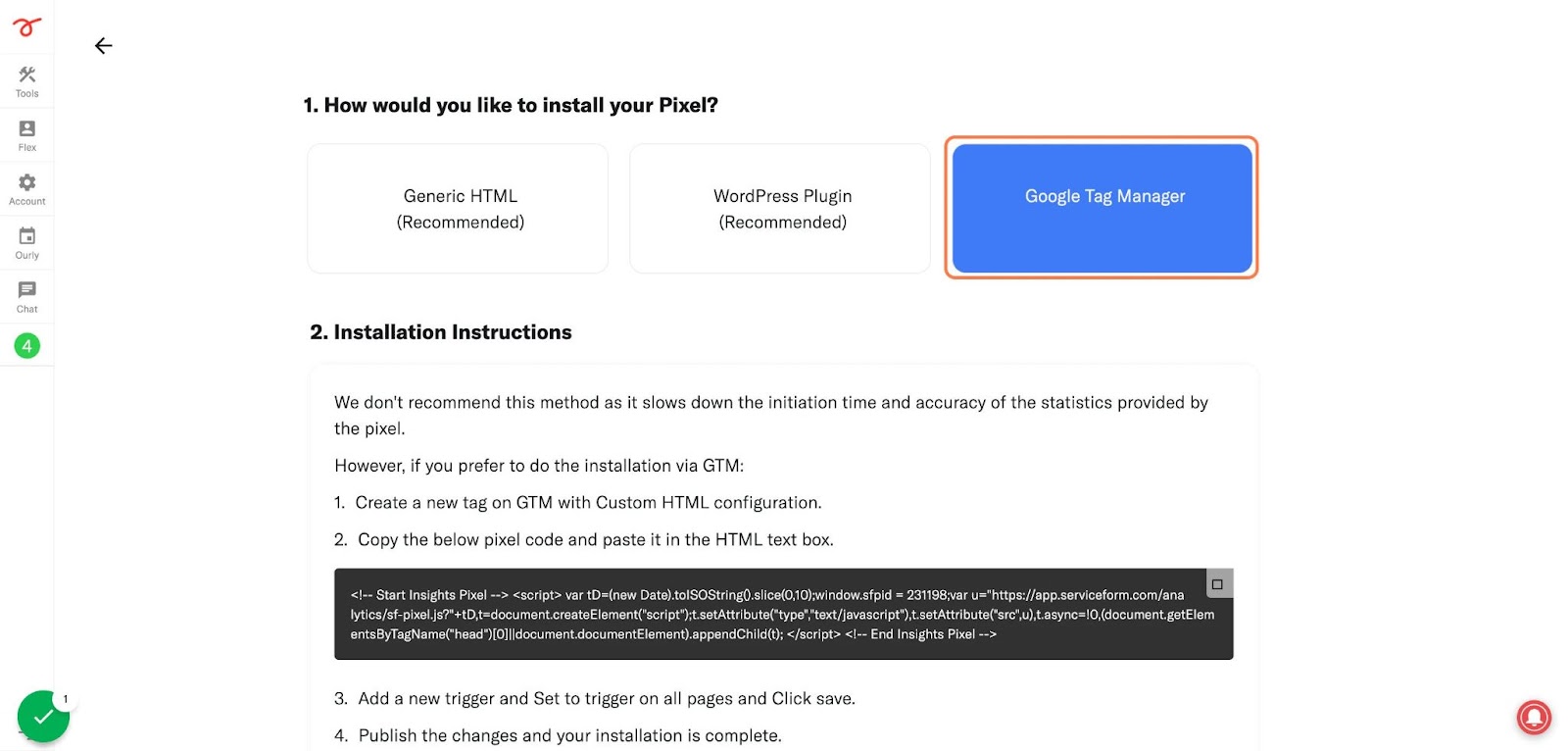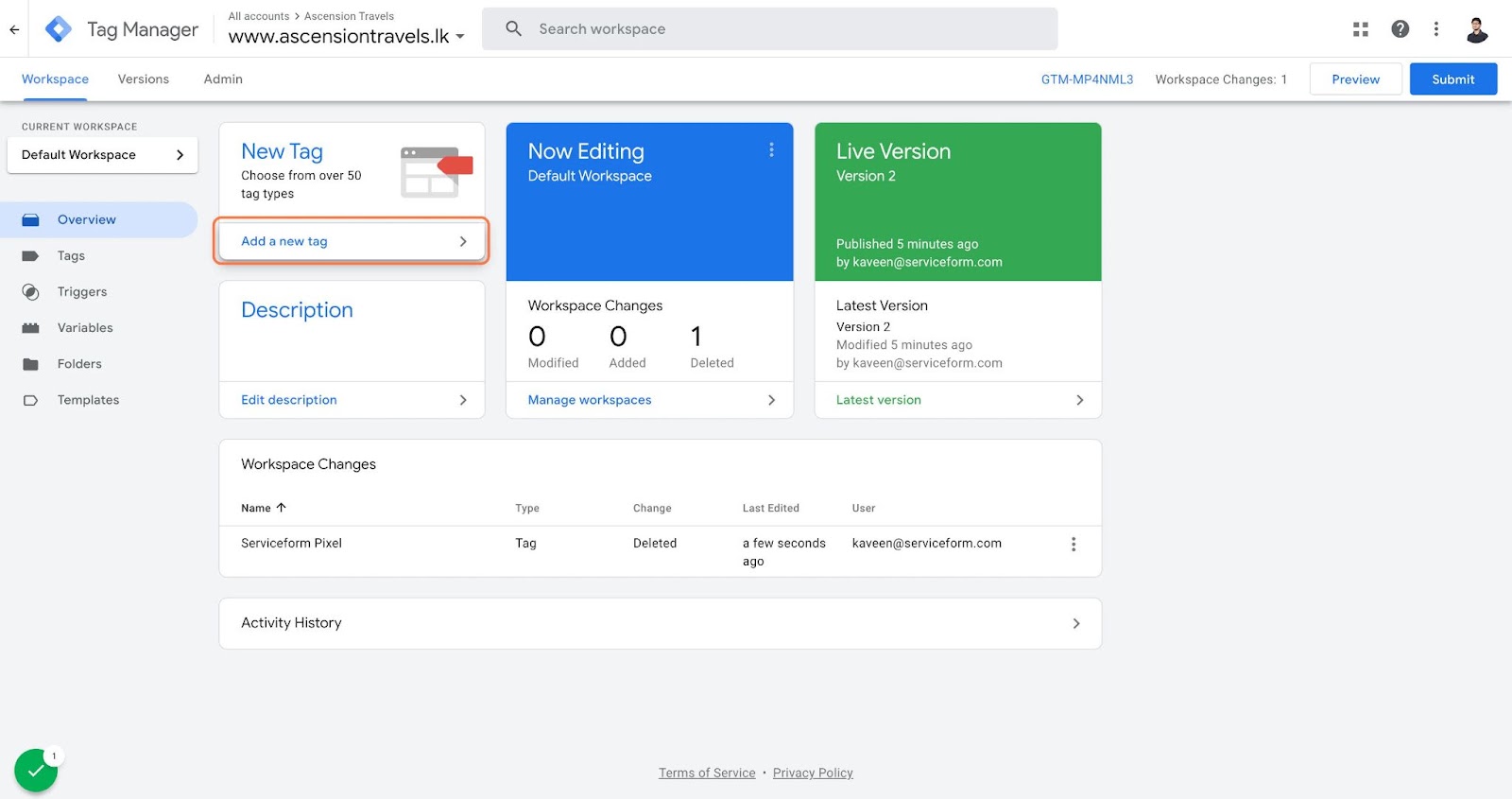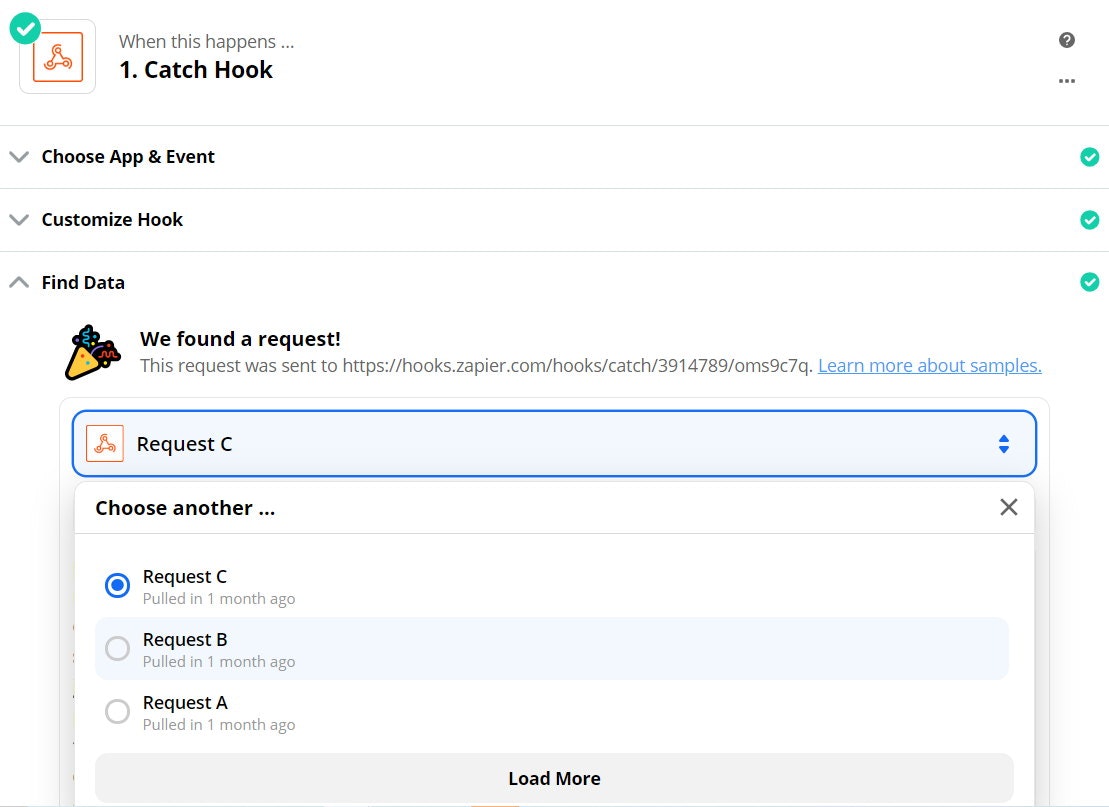Email marketing is one of the most powerful tools in the arsenal of a marketer. SendGrid is a communication platform for transactional and marketing email that allows marketers to send email without having to maintain email servers.
You can create email campaigns, schedule them and send them out seamlessly using SendGrid. But as a marketer, the most annoying part is updating your contact list regularly with new leads and prospects that you find. And many businesses use their website to gather new leads and prospects.
Gathering customer data is imperative for any company aspiring to expand and thrive in today's digital arena. Chatbots offer an instant link to your website visitors, allowing you to obtain valuable information such as their name, email, location, etc.
This information is crucial in creating a better understanding of your customers, which can be used to personalise future interactions and drive more sales.
By connecting your chatbot with Mailchimp, you'll be able to store all the customer data collected in one centralised location. This makes it easier to manage, analyse, and use the information to create targeted campaigns and improve the overall customer experience.
Choose the most reliable and high-quality chatbot solution for SendGrid.
Why Serviceform Chatbot is the best for SendGrid
- No need to worry about coding, making it an easy and hassle-free solution.
- Make your chatbot truly yours with easy customisation options to match your brand.
- Boost your lead generation by a whopping 40% with Serviceform's Chatbot.
- Chatbot responds contextually, offering a unique and tailored user experience.
- Serviceform’s unique Dynamic chatbot pulls real-time information from multiple pages and products, making it a cost-effective solution for lead generation.
- Keep an eye on your website and chatbot's performance with built-in analytics, at no extra cost.
- Get inspiration from our growing library of 500+ tested and proven templates, available for you to use for free.
Step 1. Create your Serviceform account
Start by creating your free Serviceform account. After that, you can generate your Serviceform pixel in the box below. To start, type your website URL and select "START NOW".

Step 2. Install the free Chatbot on your website
Using HTML
If you're a tech-savvy person or have a developer in your team, it's easy to add a Serviceform Chatbot to your website using HTML.
To start, click on the website you’ve set up on your Serviceform account and select settings.

Then, copy the pixel code and paste it on the header tag section of your website.

Voila! Your website just got a lot cooler with Serviceform’s Chatbot.
Using Google Tag Manager
No worries if HTML isn't your thing. Installing the Serviceform pixel onto your website using Google Tag Manager is easy.
Simply choose the option to install via Google Tag Manager in your Serviceform account, then copy your unique pixel code.

Next, head over to your Google Tag Manager account and create a new tag. Then name your tag.

Once you've named your tag, head to the tag configuration and choose custom HTML from the drop-down menu. Then, simply paste the Serviceform pixel code you copied earlier into the code area.

Then click on ‘triggering’ and select ‘all pages.’ Then save your work and press submit. In the submission configuration screen, type ‘Adding Serviceform pixel’ into the ‘Version name’ area, and you’re all set.
Step 3. Test if your Serviceform pixel is live
You can check if your pixel is active by looking at the top right corner of your dashboard.
If you see a green circle, that means it's active and ready to go. But if you see a red circle, it means it's not active yet. No worries, just give it a quick check and get it up and running in no time.

Step 4. Connect your Chatbot with SendGrid through Zapier
Once logged in, click on the option to create a new Zap. In the next step, select “Webhooks by Zapier” under the “App & Event” section, trigger the event “Catch Hook” and click “Continue”.

Copy the webhook URL from the Chatbot's settings, then go to the preview and submit a test to see if the webhook correctly tracks your submission.

On Zapier, go to “Test & Review”, and choose the request you want to monitor.

Now at the next step, select the SendGrid app and choose the “Create or Update Contact” action event. Proceed by selecting “Continue” and then pick your SendGrid account.
If you haven't connected your Zapier account yet, go to “Edit Accounts” and log in. Next, proceed to “Customise Contact” and fill in the necessary fields for successful integration with your SendGrid account. Once you have completed the desired information, select “Done Editing” and run the final test.
Congratulations! You're now ready to go. You can run tests, set up email notifications, and more.
Each time a customer completes a flow through the Chatbot and submits their information, that data will automatically be added to your SendGrid account.









































.png)





.png)


















